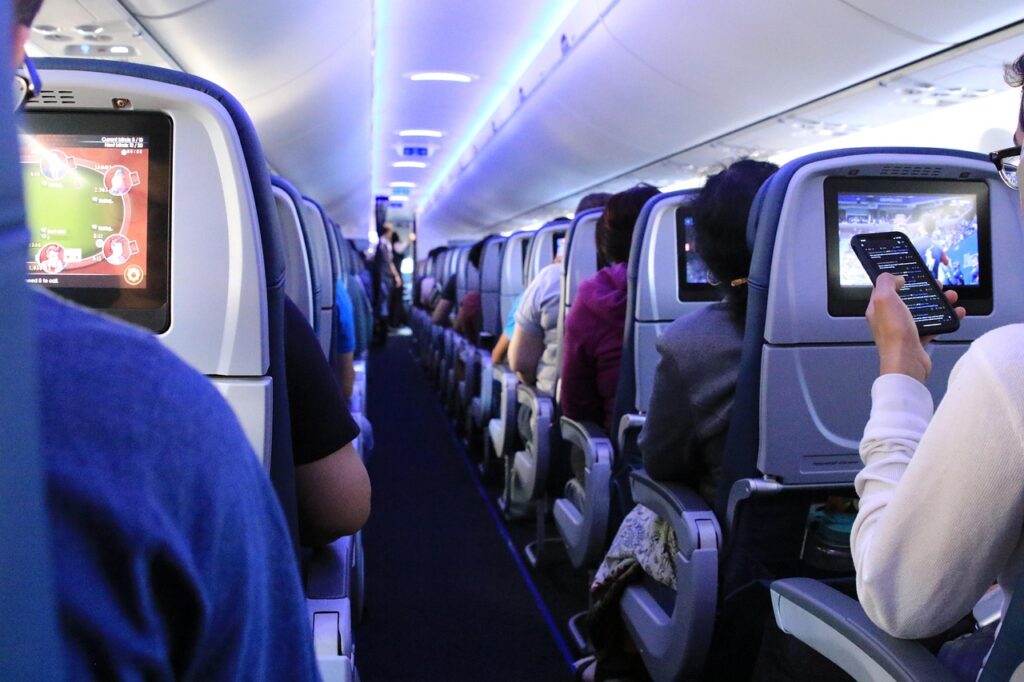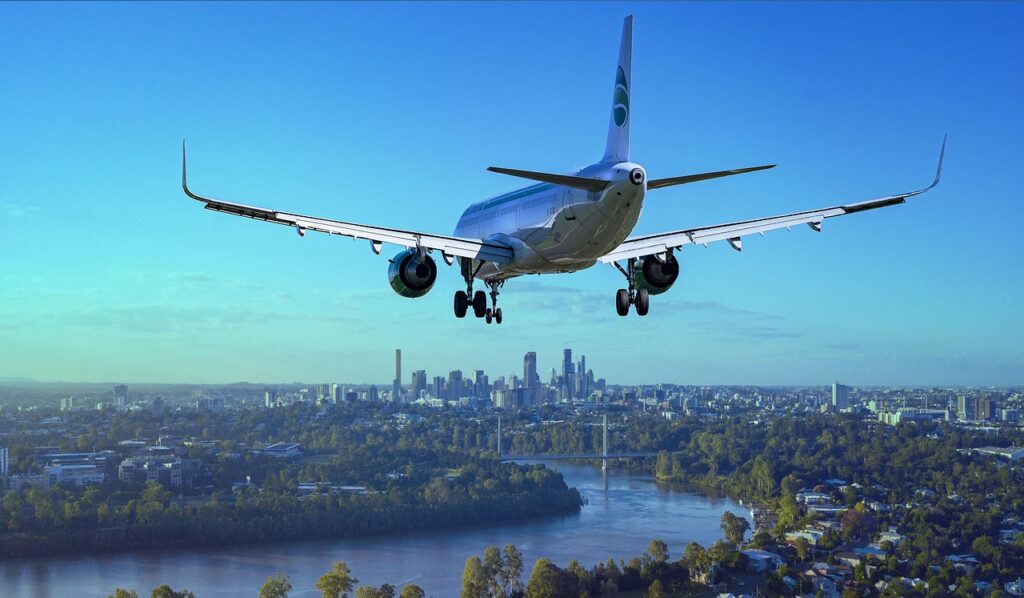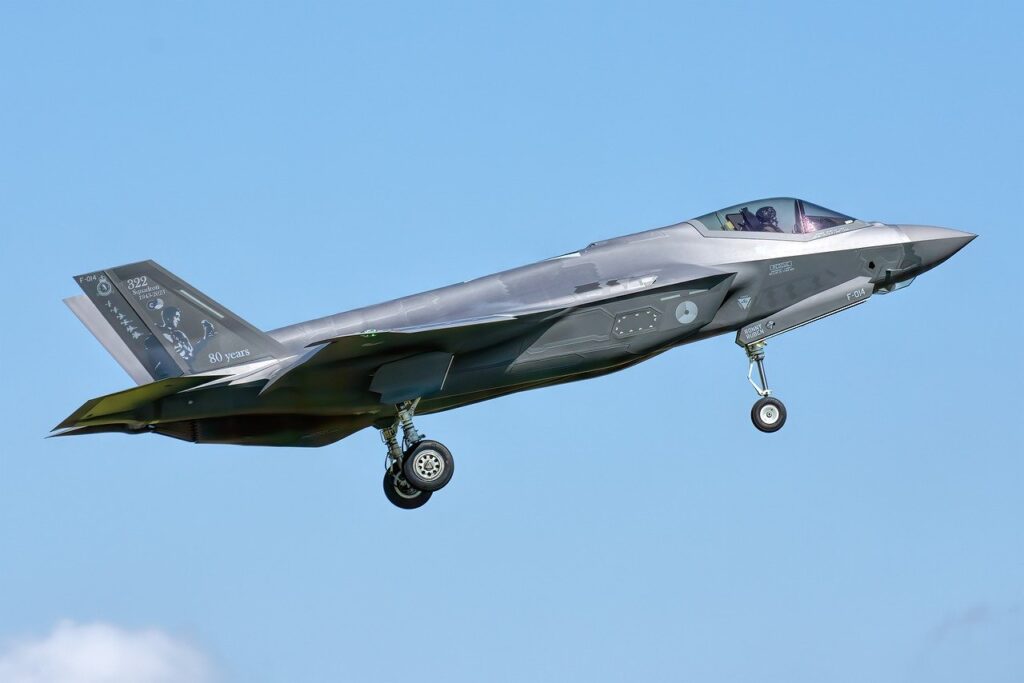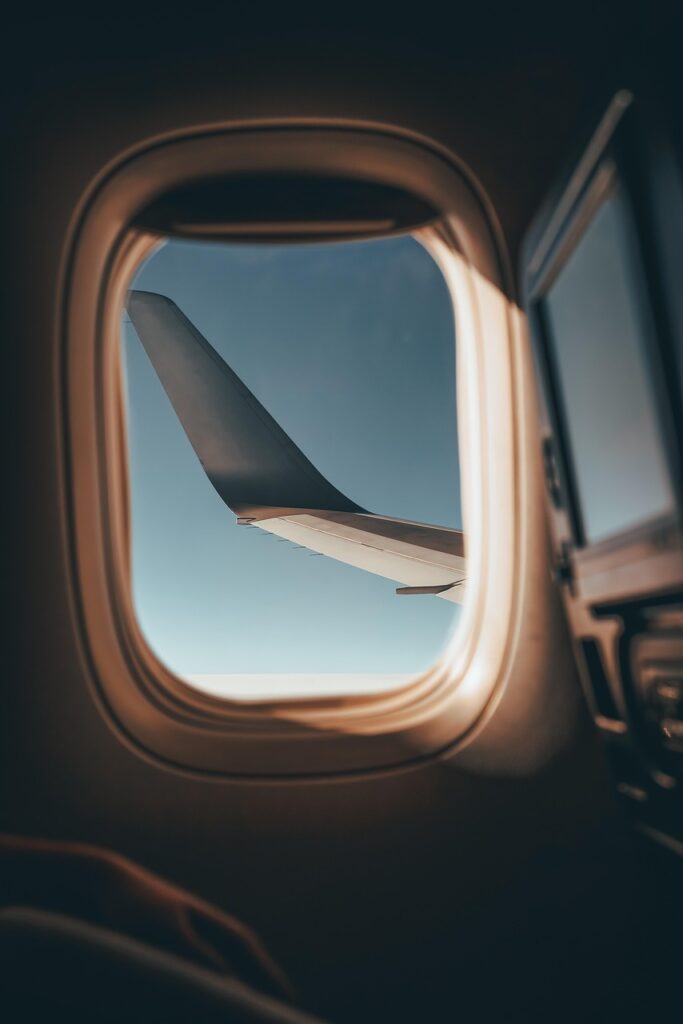
Embarking on a journey, especially during the bustling peak season, often conjures images of crowded airports and, more dauntingly, soaring flight prices. For the budget-minded adventurer, the dream of exploring new horizons can seem at odds with the reality of costly airfare. However, the good news is that securing affordable flights, even when everyone else is trying to do the same, is not merely a pipe dream. It’s an achievable goal with the right knowledge and a dash of strategic planning.
Forget the notion that cheap flights are only for the off-season or those with unlimited time. With a savvy approach, you can unlock incredible value, transforming what might seem like an expensive endeavor into an accessible and exciting adventure. The key lies in understanding the hidden mechanisms of flight pricing, utilizing powerful, often overlooked, tools, and embracing a mindset of flexibility. We’re here to equip you with the practical, actionable advice that will turn you into a true flight-finding maestro.
From uncovering the gems among flight aggregators to mastering timing and clever booking loopholes, this guide will provide you with a comprehensive toolkit to navigate the complexities of air travel economics. Prepare to dive deep into insider tips that will not only save you money but also enhance your entire travel experience. Let’s get ready to explore the world for less, one smart flight hack at a time!
1. **Leverage Underrated Flight Aggregators Beyond the Mainstream**While well-known travel sites certainly have their place, the real treasure trove for avid, budget-conscious travelers often lies within the lesser-known flight aggregators. These resourceful third-party platforms offer invaluable features that mainstream sites might overlook, providing unique pathways to discovering significantly cheaper airfare options. It’s about expanding your search horizons and tapping into tools designed for deep comparison.
Consider Momondo, a standout in this space. It’s not just comparing airfare, hotel bookings, and car rentals; its ‘multiple cities’ option is particularly noteworthy. This allows you to effortlessly swap destinations in and out, empowering you to determine the most economical routes for a multi-stop itinerary. Furthermore, if your wanderlust is boundless but your starting point isn’t fixed, the ‘take me anywhere’ search option can reveal the cheapest cities for your specified travel dates, inspiring new adventures you might not have considered.
Momondo’s Trip Finder section takes this flexibility even further. Here, you can define your ideal travel experience – perhaps a cultural immersion, a romantic escape, or a family-oriented adventure – select a continent or opt for ‘anywhere,’ specify a month or ‘anytime,’ and set your general budget. Momondo then curates a personalized list of destinations and deals, which can be sorted by popularity, cost, weather, or even specific interests like being ‘social,’ ‘fancy,’ ‘cultural,’ ‘family-oriented,’ ‘local,’ or ‘romantic.’ This level of customization transforms your search into a truly tailored experience.
Then there’s Skyscanner, another powerful travel metasearch engine lauded for its fee-free flight bookings. Its most distinguishing feature is undoubtedly its flexible airfare search engine. You can input ‘everywhere’ as your flight destination, making it ideal if you’re open to any adventure but unsure where to begin. This broad search capability is fantastic for stumbling upon unexpected deals.
Skyscanner also offers unparalleled flexibility with dates, allowing you to search specific dates, entire months, or even the ‘cheapest month.’ This functionality ensures you can pinpoint the most affordable destination during the most cost-effective timeframe. The results are presented as a list of cities in ascending order of cost, making it incredibly easy to identify the best bargains. By diligently comparing prices across these advanced aggregators, you significantly increase your chances of unearthing those elusive, wallet-friendly fares.
Google Flights, while perhaps less ‘underrated’ today, remains a super reliable option and a critical tool in any budget traveler’s arsenal. When you input your dates and departure and arrival cities, it pulls up options almost instantaneously, thanks to its integration with the sophisticated OTA Matrix. This system, once the domain of airfare experts using special codes, has been transformed into a user-friendly web app by Google, making the process a genuine pleasure.
Its simple user interface includes a drop-down calendar function that visually highlights the cheapest days to fly for most routes. This immediate visual feedback is incredibly helpful for identifying potential savings with just a minor tweak to your travel dates. Moreover, if you don’t find a price you love immediately, Google Flights offers a convenient feature: it will monitor your selected dates, routes, and other parameters, emailing you whenever there’s a price change. This ‘set it and forget it’ capability ensures you never miss a sudden price drop, making it an indispensable companion in your quest for cheap flights.
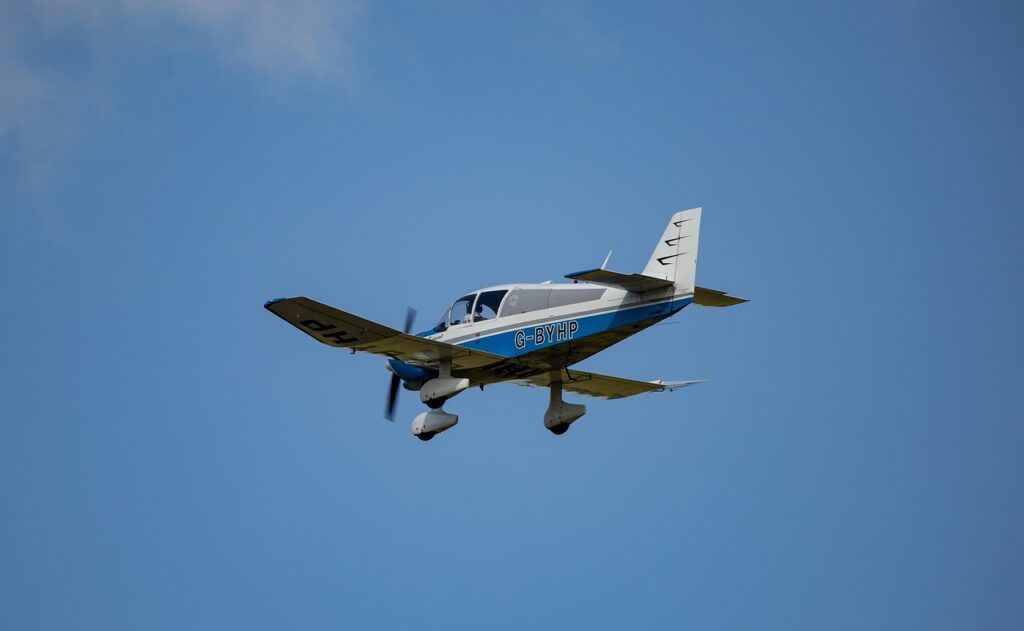
2. **Harness Google Flights’ Explore Map for Flexible Destinations**One of the most powerful strategies for finding cheap flights, especially when you’re open to new experiences, is to be flexible with your destination. Google Flights has truly revolutionized this approach with its innovative Explore map feature. This tool is a game-changer for budget-minded travelers, allowing you to visually scout the globe for the most affordable places you can fly from your chosen departure airport.
The process is incredibly straightforward and intuitive, inviting a sense of discovery. You begin your search as you normally would, entering your departure city and preferred dates. However, instead of locking in a specific destination, you simply leave that field open. Once you click search, the magic happens: Google Flights populates a map, showcasing the cheapest places you can fly to from your airport, often highlighting fantastic deals you might never have stumbled upon otherwise.
What makes the Explore map so versatile is its interactive nature. You can zoom in on specific regions, pan across continents, and observe how prices fluctuate based on geography. This visual representation of airfare allows for quick comparisons and sparks inspiration for destinations that offer the best value. It’s an incredibly engaging way to plan your next adventure, guided by the most budget-friendly options available.
Furthermore, the flexibility extends beyond just the destination. You can easily change your dates from specific selections to more flexible ranges. Opting for flexible dates allows you to see the cheapest prices for a weekend, a one-week, or a two-week trip within a particular month or even across the next six months. This level of date flexibility, combined with an open destination, significantly amplifies your chances of snagging an exceptional deal.
Being open to a multitude of destinations, even for just a day or two, can lead to substantial savings, sometimes hundreds of dollars. The more flexible you can be with both where and when you travel, the greater your likelihood of finding truly fantastic flight deals. For instance, if your plans are wide open, simply aiming to go ‘somewhere in the fall,’ you stand the best chance of scoring incredible fares, like nonstop flights to London in the $300s/$400s roundtrip, or even Hawaii in the $300s roundtrip. This flexibility is truly the golden ticket to budget travel.
Read more about: Unlock Your Dream Vacation for Under $1000: 14 AI Hacks to Plan Your Next Escape Effortlessly
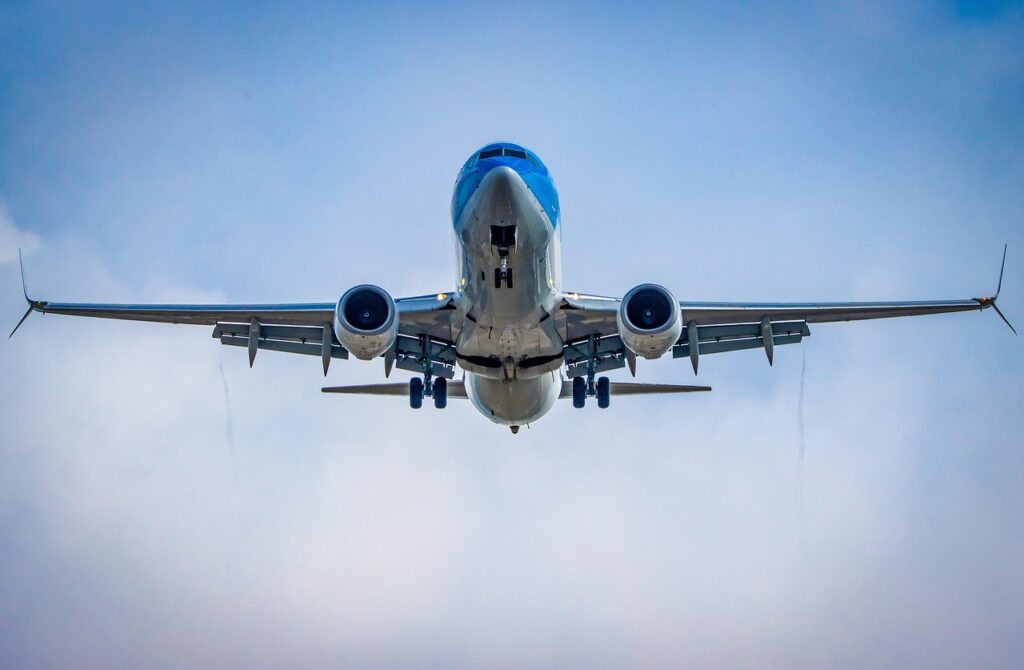
3. **Strategically Choose Your Travel Days (Tuesdays, Wednesdays, and Saturdays)**Understanding the rhythm of travel demand can be a powerful tool in your quest for cheaper flights. Airfare prices are often influenced by the typical travel patterns of different demographics. Business travelers, for instance, frequently commence their journeys on Mondays and return on Fridays, maximizing their work week. Leisure travelers often opt for Friday departures and Sunday returns, making the most of a weekend or a full week-long trip.
This predictable ebb and flow of demand creates certain ‘sweet spots’ during the week when passenger numbers tend to dip, and consequently, prices can become more agreeable. Tuesdays, Wednesdays, and Saturdays are consistently identified as these less popular days for air travel. With fewer people vying for seats, airlines may adjust their pricing downwards to fill planes, creating opportunities for significant savings for those with flexible schedules.
While this isn’t an absolute guarantee for every route or every week, it’s a strong trend worth leveraging. If your travel plans allow for some malleability in your departure and return days, deliberately aiming for these mid-week or Saturday flights can often shave a noticeable amount off your total airfare. Even shifting your travel by a single day can sometimes unlock a much more budget-friendly ticket, underscoring the enduring principle that flexibility is paramount in the world of cheap flights.
It’s important to note that this tip is less about finding a mythical ‘cheapest day to book flights’ – which often doesn’t exist due to dynamic pricing – and more about identifying the less congested days to *fly*. By aligning your travel schedule with these lower-demand periods, you position yourself advantageously to capture fares that might be out of reach on peak travel days. So, when planning your next trip, keep Tuesdays, Wednesdays, and Saturdays in mind; they might just be your ticket to a more affordable adventure.
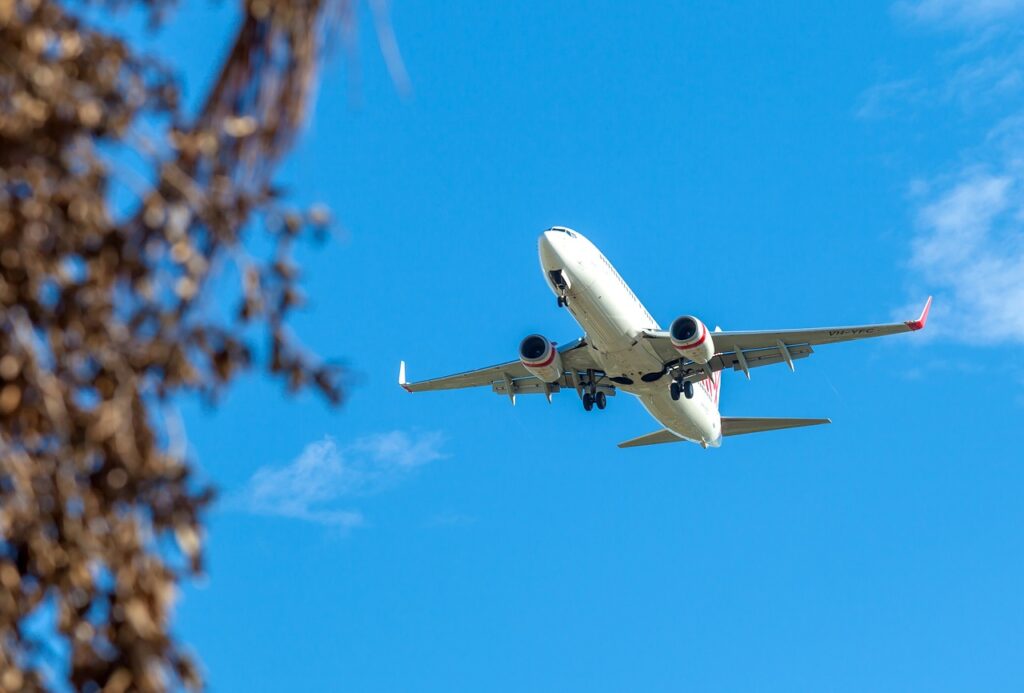
4. **Embrace Non-Traditional Ticketing: Open-Jaw, Multi-City, or One-Way Trip**The traditional round-trip ticket, once the undisputed king of economical air travel, is gradually sharing its throne with more flexible and often cheaper alternatives. It’s a common misconception that booking a simple out-and-back journey is always the most budget-friendly option, especially for international travel where one-way flights historically carried a premium. However, the landscape of air travel has evolved, and embracing non-traditional ticketing can unlock substantial savings and greater freedom for your itinerary.
While full-service legacy airlines might still lean towards more expensive international one-way fares, the rise of budget carriers has brought a welcome shift. Many of these airlines now offer one-way tickets at approximately half the cost of a roundtrip fare. This flexibility is a game-changer if you’re planning an extended journey, are unsure of your return date, or simply prefer the freedom of not being locked into a specific departure city. You’re no longer penalized with an inflated price for opting out of the conventional roundtrip model, opening up new possibilities for long-term or adventurous travel styles.
Beyond one-way options, consider the advantages of ‘open-jaw’ flights or itineraries that incorporate ‘multi-day layovers.’ An open-jaw flight allows you to fly into one city and depart from another, rather than returning to your original arrival airport. For example, you could fly into Rome, travel overland through Italy, and then fly out of Venice. This can save you the time and expense of backtracking, making your trip more efficient and enjoyable.
Similarly, embracing multi-day layovers turns a potential travel inconvenience into an exciting bonus. Instead of enduring a long wait at an airport, some itineraries allow you to break up your journey with a short stopover, giving you the chance to explore an additional city at no extra flight cost. These creative ticketing strategies empower you to design a non-traditional flight itinerary that perfectly suits your travel style, all without incurring a significant increase in cost. It’s about leveraging the system to create a more personalized and economical journey.

5. **Master the 24-Hour Rule for Price Protection**Flight prices are notoriously volatile, capable of changing in an instant. A fantastic deal you spot one moment could vanish the next. This rapid fluctuation can be frustrating, but savvy travelers have a powerful ally in the ’24-hour rule,’ a U.S. Department of Transportation (USDOT) regulation designed to offer consumers a crucial safety net. Mastering this rule can mean the difference between missing out on a great fare and securing it with confidence.
The essence of the 24-hour rule is simple: airlines are mandated to either allow you to hold a price for a certain amount of time or permit free changes or cancellations for up to 24 hours after purchase. While some airlines offer the option to lock in a price, the more common practice, and arguably the more beneficial for travelers, is to allow free cancellation or changes within that 24-hour window. This provides invaluable flexibility immediately after booking.
This regulation applies specifically to flights traveling to or from the U.S., provided you book directly with the airline and the travel is at least seven days in advance of departure. Many online travel agencies (OTAs) like Priceline have also adopted their own versions of this rule, extending the benefit even if you don’t book directly with the carrier. This means you can confidently snag an attractive flight price before it escalates, giving you a full day to finalize your plans, confirm dates, or coordinate with fellow travelers without financial risk.
The 24-hour rule also offers a brilliant opportunity for further savings. Should you book a flight and then, within that initial 24-hour period, discover the exact same flight offered at an even lower price, you’re empowered to act. You can simply book the cheaper flight and then cancel your original, more expensive ticket for a full refund. This mechanism effectively allows you to continuously monitor prices post-booking, ensuring you always secure the absolute best deal available during that critical initial window. It’s a simple yet incredibly effective hack for price protection.
Read more about: Simple, Smart, and Sustainable: A Good Housekeeping Guide to Cutting Your Home’s Energy Bills

6. **Explore Currency and Location Adjustments for Savings**In the dynamic world of online flight bookings, sometimes a seemingly small tweak can lead to unexpected savings. One intriguing, albeit inconsistent, hack involves subtly adjusting your perceived currency or location when searching for flights. While not a guaranteed method, it’s a strategy that has, on occasion, yielded significant reductions in airfare, making it a worthwhile experiment for the truly budget-conscious traveler.
The approach involves a simple comparative search. If you’re targeting a flight with a specific foreign-operated airline, open two separate browser windows. In one window, conduct your search using your actual location and preferred currency. In the second window, subtly ‘fudge’ your location and currency settings to match those of the country where that particular airline is based. This could mean using a VPN to appear to be in another country or simply selecting the airline’s home currency in the search portal if available.
After conducting identical searches in both windows, compare the prices meticulously. You might find that booking the flight in the carrier’s home currency or from their base location results in a lower price. This phenomenon, while not fully understood, can sometimes be attributed to varying regional pricing strategies or conversion rates. It’s a clever way to test the market and see if you can bypass standard pricing models imposed on international customers.
It’s crucial to approach this hack with realistic expectations: it doesn’t always work, and in some instances, it might even result in a higher price. Therefore, always compare thoroughly before committing. One common myth that *doesn’t* make a difference, however, is clearing your browser cookies. There’s no credible evidence to suggest that airlines or search engines track your prior searches to inflate prices specifically for you. Focus your efforts on legitimate, albeit nuanced, pricing variations rather than digital folklore.
Read more about: Remote Work’s Transformative Power: Reshaping Small Town Economies Across America
7. **Employ the “Greek Islands Trick” with Separate Tickets**For destinations that are a bit more remote, less frequently served by major carriers, or simply expensive to fly to directly, a brilliant strategy known as the “Greek Islands trick” can unlock substantial savings. The core idea is elegantly simple: rather than attempting to book a single, through-ticket to your final, often far-flung, destination, you strategically break your journey into two separate bookings. This involves focusing on getting across oceans or to another continent as cheaply as possible, then arranging a separate, usually regional, connection.
Imagine you dream of visiting a picturesque Greek island. Booking a direct flight from your home airport all the way to that specific island on a single ticket can be prohibitively expensive. The Greek Islands trick advises you to first find the cheapest possible flight to a major hub like Athens. Once you’ve secured that long-haul, budget-friendly ticket, you then book a separate, often much cheaper, flight on a local or regional carrier from Athens to your island of choice. This two-part booking can lead to savings of hundreds of dollars compared to the single, comprehensive ticket.
This intelligent approach isn’t limited to exotic locales. It’s a powerful strategy that can be applied to major destinations as well. Let’s say your heart is set on Paris, but direct flights are steep. Instead of resigning yourself to the high cost, broaden your initial search to include nearby European hubs like Amsterdam, London, or Barcelona. You might discover significantly cheaper roundtrip flights to one of these alternative cities. The savings could be considerable, making the slight detour well worth it.
With your budget-friendly flight to an entrance city secured, you then book a separate, shorter flight or even a train journey from that city to your ultimate destination, Paris. As an added bonus, this hack often grants you the flexibility to spend an extra day or two in your connecting city, effectively turning a layover into a mini-exploration. This not only maximizes your travel value but also enriches your overall experience, offering a glimpse into another culture or cityscape before reaching your primary destination.
Building upon initial search strategies, this section optimizes your travel experience from pre-flight decisions to in-trip benefits and essential financial protections. We’ll uncover ways to make the most of basic tickets, transform layovers, and master the art of packing light. Furthermore, we’ll guide you through critical booking timing, strategies to avoid common travel headaches, and how to utilize credit card benefits and travel insurance for peace of mind. These advanced tactics ensure you travel smarter and worry less during peak season.
8. **Optimizing Basic/Budget Tickets by Comparing Upgrade Costs**Budget airlines and basic economy fares promise lower upfront costs, but their true value depends on your specific needs and a careful comparison of potential add-on fees. Many amenities traditionally included in standard airfare – like checked baggage, seat selection, and in-flight meals – are sold separately. For the budget-minded, doing a little extra homework avoids unexpected expenses that could erode initial savings.
The key is an “apples to apples” comparison. When you find a basic economy fare, consider all extras you genuinely require. For instance, a full-service carrier might be $100 more, but include a meal, seat selection, and a checked bag. If those combined costs on a budget airline exceed $100, the full-service option might be more economical.
Conversely, if you’re a minimalist traveler, a budget carrier could still be your best friend. In this scenario, you might only pay a small fee for seat selection, coming out ahead. It’s also wise to compare the total cost of adding individual extras to a basic fare against simply upgrading to a main economy ticket, as sometimes this offers better value and a more comfortable journey overall.
9. **Transforming Layovers into Mini-Adventures**For many, a long layover is an unavoidable inconvenience, often involving hours spent counting minutes until the next flight. However, with foresight, this tedious delay can transform into an unexpected mini-adventure, offering a chance to explore an additional city at little to no extra cost. Several airlines and airports worldwide actively encourage this by offering enticing programs for transiting passengers.
These initiatives often include free or very low-cost guided tours of the layover city, providing a quick yet enriching glimpse into local culture and landmarks. Imagine turning a six-hour stop into an opportunity to visit a famous historical site or sample local cuisine. Some programs even offer free or discounted hotel rooms if your layover necessitates an overnight stay, ensuring you’re refreshed for the next leg.
To make the most of these layover perks, you’ll typically need a layover of at least six hours. This allows sufficient time for customs, transportation, and sightseeing. Always research your connecting airport or airline’s specific offerings in advance, as restrictions and availability can vary significantly. By leveraging these often-overlooked programs, you’re not just enduring a layover; you’re actively enhancing your travel experience.
10. **Mastering the Art of Packing Light**In modern air travel, especially with budget carriers and basic economy fares, a “free checked bag” or even a “free carry-on” is increasingly rare. Exceeding luggage allowances incurs substantial financial penalties, turning a cheap flight expensive. Mastering the art of packing light is no longer just convenient; it’s a critical budget-saving skill.
A key reason to travel light is avoiding exorbitant baggage fees. Many budget airlines impose strict limits on carry-ons, and checked bag fees can double with connecting flights. By traveling only with what fits within free allowances, you eliminate these unpredictable charges entirely.
Fortunately, countless strategies help you pack efficiently. Wear your heaviest items – coats, boots – on the plane, freeing up bag space. Opt for lightweight, versatile layers to create multiple outfits from fewer items. Integrating laundry into your plans also drastically reduces needed clothing.
Limiting shoes, often bulky and heavy, is another excellent space-saver. Finally, investing in packing cubes compresses clothes and organizes belongings, making repacking efficient. Embracing these habits saves money and ensures a streamlined, stress-free travel experience.
Read more about: Consumer’s Guide to ‘Worse’ vs. ‘Worst’: Unpacking the Nuances of English’s Trickiest Comparatives and Superlatives
11. **Understanding the ‘Goldilocks Window’ for Optimal Booking Times**Finding the sweet spot for booking airfare is more art than science, but travel experts identify a “Goldilocks window” when cheapest fares are most likely to appear. Championed by Scott Keyes, this concept stresses timing your booking to avoid prematurely high prices and last-minute surges. Knowing when to look is as crucial as knowing where.
For domestic flights, especially during peak season, this window typically falls between three to seven months in advance. This allows you to catch fares before they escalate, yet after initial inflated prices settle. For international peak adventures, the window extends slightly, ranging from four to ten months ahead of your trip.
During off-peak seasons, the Goldilocks window shifts: one to three months for domestic and two to eight months for international travel. The core principle remains: avoid booking too early, when prices are often highest, and definitely avoid booking too late, when demand pushes prices up dramatically.
A compelling example: Keyes recounted a friend’s Las Vegas wedding in late March. A Portland-Vegas fare hovered at $407 for months. By mid-January—roughly two months prior, within the Goldilocks window—the price plummeted to $79. Patiently waiting saved his friend a remarkable $328, over 80% of the original fare.
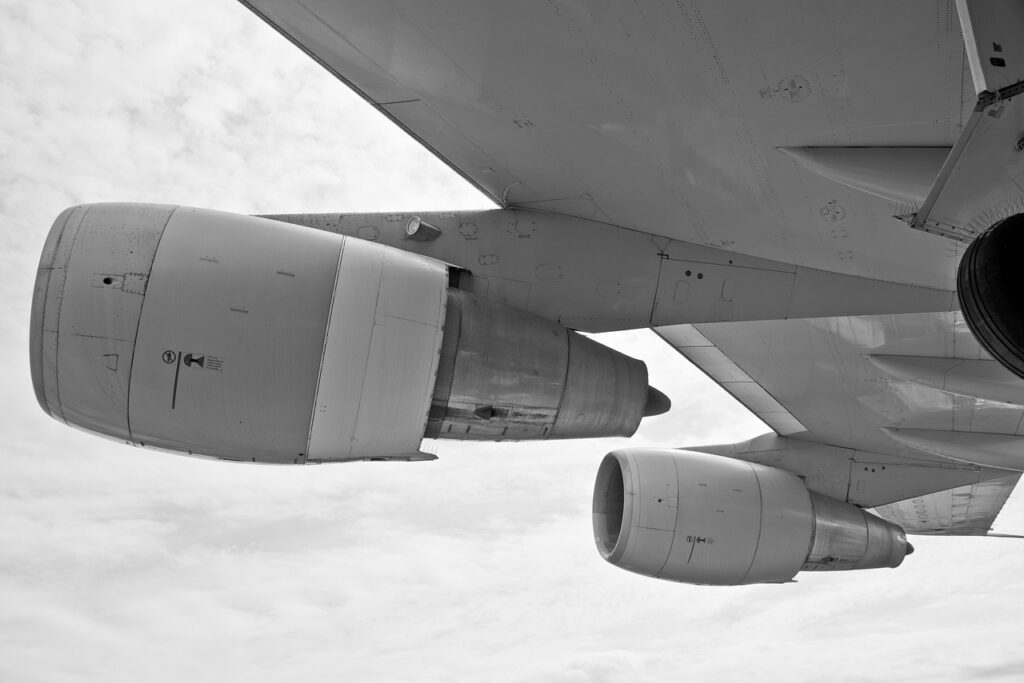
12. **Adhering to the 21-Day Rule for Best Fares**While the “Goldilocks window” provides an ideal timeframe, there’s a critical deadline as departure nears: the “21-day rule.” This implicit regulation, hidden within airline advance purchase requirements, can significantly impact your fare. Failing to adhere can mean the difference between a great price and much higher costs.
According to Scott Keyes, many airline tickets stipulate an advance purchase, requiring you to buy your flight at least 21 days before departure for the most favorable fares. This rule is a major factor in airline inventory and pricing strategies. As the departure date approaches, particularly within that final three-week stretch, airlines assume less flexibility, leading to sharp price increases.
The impact of missing this deadline is stark. Keyes explains that “on Day 20, that flight is no longer available and the new cheapest fare is now $100 or even $200 more.” This sudden jump is a calculated pricing adjustment. Once you cross that 21-day threshold, affordable booking classes are often removed, presenting only higher-priced options.
To safeguard your budget from last-minute hikes, set a firm reminder 21 days before your planned flight as an absolute deadline. By respecting this rule, you proactively protect your travel budget and position yourself to secure the best possible fare, avoiding the penalty that comes with procrastination.

13. **Prioritizing Non-Stop Early-Morning Flights to Avoid Delays**Beyond simply finding a cheap flight, a successful budget journey minimizes headaches like cancellations and delays. While not fully preventable, strategic booking reduces exposure. Two key tactics: prioritizing non-stop routes and opting for early-morning departures proactively safeguard your itinerary.
Booking non-stop flights is the most straightforward way to mitigate delay issues. As Scott Keyes points out, “If your non-stop flight is late, you might just need to wait an hour or two.” In contrast, a delayed first leg of a connecting flight often means missing connections, rebooking, and potentially “a day or two until the next available flight,” causing significant disruption.
Choosing early-morning flights further enhances reliability. Keyes states, “early-morning flights have a higher completion rate due to better flying conditions.” Calmer early air reduces weather delays. Additionally, aircraft for early flights are typically parked overnight, ready to go, minimizing delays from preceding flights running late.
While not explicitly an item, avoiding checking a bag also lessens delay consequences. If your flight is canceled or you miss a connection, “it’s just much simpler if they don’t also have to try to find your bag in the belly of one plane and switch it to another plane,” Keyes advises. This complements the strategy for a smoother, less stressful journey, especially during unforeseen disruptions.
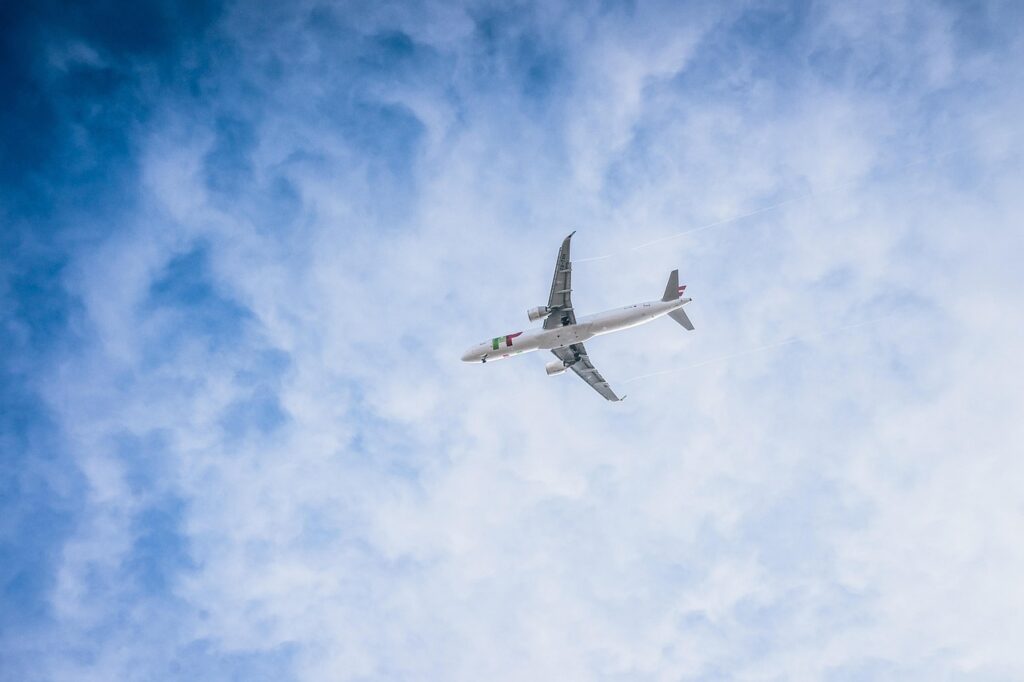
14. **Maximizing Credit Card Benefits for Trip Protection**In unforeseen travel disruptions, while the airline is your first contact, savvy travelers find a safety net in credit card benefits. Many premium travel credit cards offer robust trip delay and trip interruption insurance, providing a valuable layer of financial protection that can significantly ease stress and costs.
These built-in protections can reimburse eligible expenses incurred due to covered delays or interruptions, such as unexpected hotel stays or meals. Understanding these benefits before you travel is crucial, potentially saving significant out-of-pocket costs. Beyond emergencies, some cards, like Capital One’s, offer proactive features such as price prediction technology and automatic refunds if a flight’s cost drops after booking through their portal.
However, the allure of travel credit cards must be balanced with responsibility. As Scott Keyes wisely advises, “You need to have decent credit” and “be able to handle credit responsibly, treating a credit card like a debit card, not spending money you don’t have and paying off your balance every month.” Interest incurred from carrying a balance will quickly negate any travel benefits, turning rewards into debt.
For those new to maximizing points and miles, Keyes suggests starting with just one card. Focus on earning its welcome bonus and using it for a free trip. This simple approach aligns with financial habits, potentially securing “one free flight every year” with minimal effort, without falling into the trap of overspending.
Read more about: Is a 2025 Certified Pre-Owned EV Your Smartest Move? A Comprehensive Kelley Blue Book Guide
15. **Considering Comprehensive Travel Insurance**While credit card benefits offer a commendable baseline of trip protection, for ultimate peace of mind and extensive coverage, a dedicated travel insurance policy is an indispensable investment. These policies go far beyond most credit cards, offering a wider array of coverage types and significantly higher reimbursement limits, vital for complex, expensive, or international trips.
Travel insurance policies safeguard against numerous misfortunes. They frequently include “Cancel for Any Reason” (CFAR) coverage, allowing a percentage of non-refundable trip costs back if you cancel for reasons not typically covered by standard policies. Other common protections include lost or delayed baggage coverage, emergency medical treatment abroad, and pre-existing condition waivers.
For instance, Faye Travel Insurance offers robust trip delay coverage, reimbursing up to $300 a day and $2,100 per trip for delays over six hours, and even provides optional pet care coverage. USI Affinity’s InterMedical Insurance® plan combines comprehensive medical and evacuation coverage for trips outside your home country, with premiums starting as low as $1.35 a day, and includes a pre-existing conditions waiver if purchased within a specific timeframe.
The breadth and depth of coverage from a specialized travel insurance provider are simply unmatched. For travelers investing a significant amount in their journey, or those with specific concerns, a comprehensive travel insurance policy acts as the ultimate safety net, allowing you to embark on adventures with confidence.
Read more about: 14 Budgeting Power Plays: Essential Strategies for Lasting Financial Health and Stability
Navigating the world of budget travel during peak season might seem like a daunting challenge, but with these advanced hacks, you’re actively creating a deal. From your flight search to careful packing and smart investment protection, every decision offers an opportunity to save, optimize, and enhance your journey. Embrace these strategies, stay flexible, and unlock incredible value, making your travel dreams a budget-friendly reality. The world is waiting, and now you have the tools to explore it for less!




